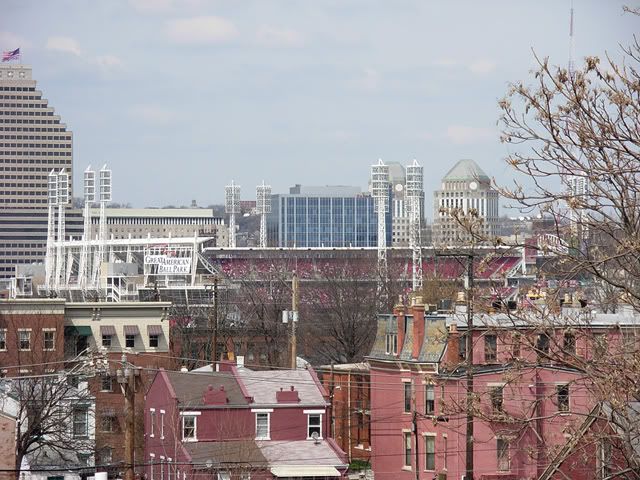 Professional sports stadiums and arenas do not generate large-scale economic activity, according to an analysis by Dennis Coates in the April 29 edition of The American.
Professional sports stadiums and arenas do not generate large-scale economic activity, according to an analysis by Dennis Coates in the April 29 edition of The American.
Since 1990, more than 50 new homes have been built in the NFL, MLB and NBA alone.
According to studies by urban planning expert Judith Long and economist Andrew Zimbalist, the public share of projects built since 2000 has ranged from 58 percent to 63 percent.
Both say that the economic impact studies often used to justify the projects leave out such important factors as cost-benefit analyses - the consideration of the opportunity costs from raising taxes or from finding other uses for those funds.
A study conducted by the author, among others, finds that stadium and arena construction may actually reduce local incomes and cause development not to occur because:
* Discretionary income spent on sporting events would have been spent on some other form of entertainment
* Spending related to stadium attendance has a small multiplier effect, with most of it leaving in the pockets of out-of-town athletes
* Stadium subsidies must come from somewhere - taxes or services, for example - resulting in a drop of net spending related to the project
Some lawmakers are beginning to question the wisdom of the issuance of bonds - exempt from federal taxes - in the name of "public infrastructure".
While anecdotal evidence suggests that there may be a net increase in revenue generated by bars and restaurants around the ballpark, holistic studies show that those gains don't translate to the metropolitan area as a whole.
Thursday, May 8, 2008
The American: A closer look at stadium subsidies
Posted by
Kevin LeMaster
at
5:02 AM
![]()









